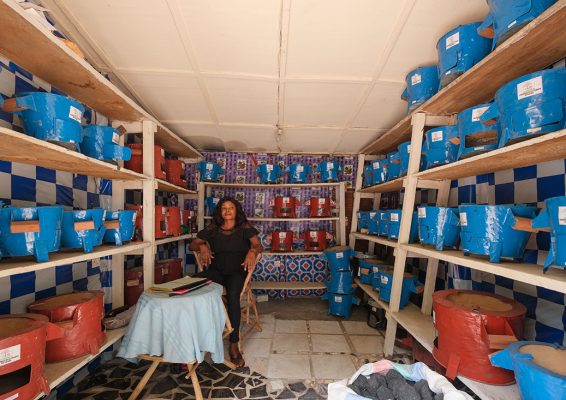In the Democratic Republic of Congo (DRC), charcoal is a vital resource. It’s mostly used by households for cooking, and there is growing demand in urban centres due to population growth and pressure on livelihoods.
Yet, charcoal production is a complex issue in the DRC. It is often associated forest degradation and deforestation linked to shifting agriculture, practised by millions of smallholders and farmers across the country.
Despite this centrality, land use, agriculture, charcoal production and trade remain disconnected in national legal frameworks promoted by different and often competing ministries, and the links between them are underestimated in resource management policies. In fact, most operations along the charcoal value chain remain informal for want of coherent legal texts and implementation, and efforts to date to promote the sector and make it formal and more sustainable have not sufficiently considered such connections.
The Yangambi landscape in Tshopo Province, north-eastern DRC, provides a case in point. Covering 800,000 hectares of tropical forest and rural-urban areas, and widely known for its biodiversity and ecosystems – particularly the Yangambi Biosphere Reserve, the largest in the Congo Basin – the landscape is under enormous pressure from the growing demand for charcoal, especially in urban centres.
In the provincial capital of Kisangani, for instance, around 81% of households use charcoal for cooking, which translates into a demand totaling over 1 million cubic metres of wood per year. In turn, such demand is retransmitted to the landscape’s adjacent rural areas with a remainder of trees to continue the cycle.
This has led to extreme forms of forest degradation, putting additional pressure on local forest resources, jeopardising biodiversity and the livelihoods of forest-dependent communities. In addition, the lack of sustainable sourcing practices and inefficient traditional carbonization practices have led to a significant waste of woody biomass, contributing unnecessary deforestation and greenhouse gas emissions.


